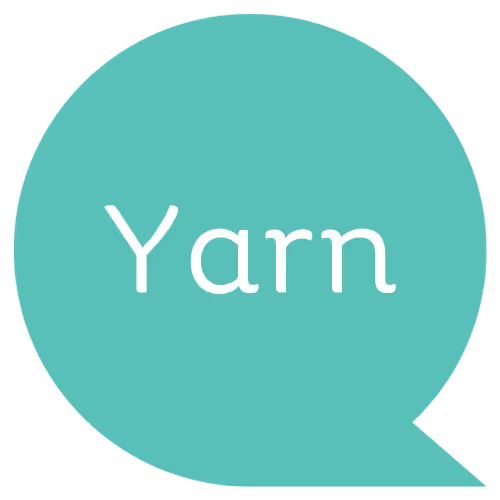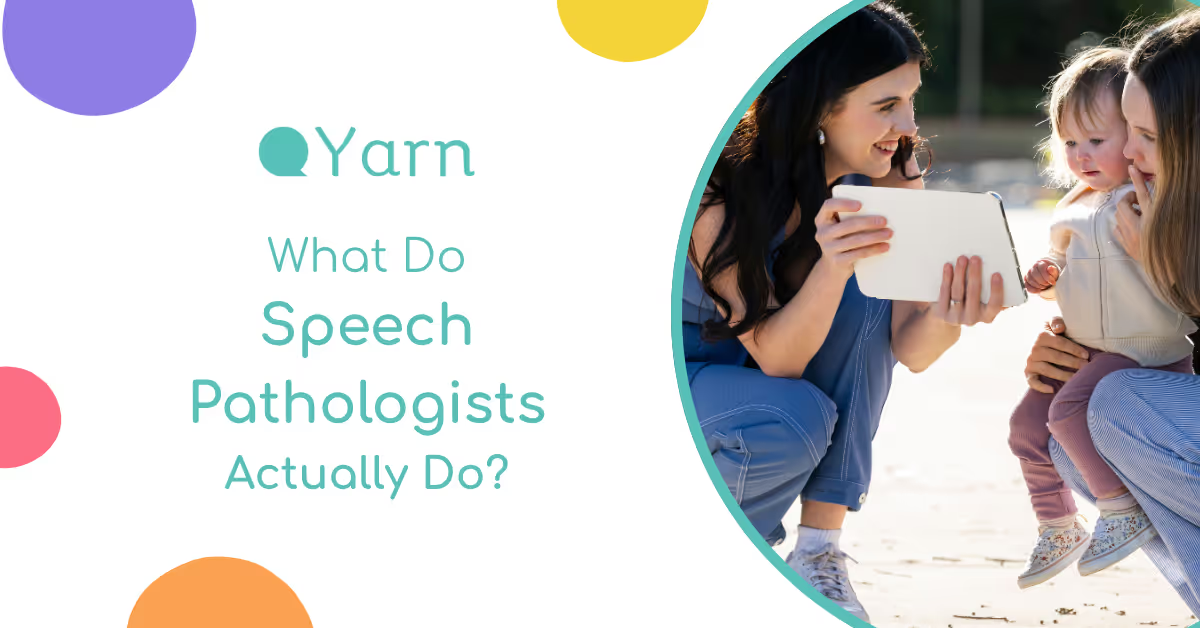


When most people hear "speech pathologist” (or "speechies"), they naturally think of helping children with speech sounds and blowing bubbles in a clinic room. And while that's certainly part of what we do, our expertise extends far beyond what many of us realise.
You might be surprised to learn that speech pathologists work with people from birth through to end of life, supporting communication and swallowing needs across the entire lifespan. From helping premature babies develop feeding skills to supporting adults after a stroke.
Let's dive into what speech pathologists actually do - and trust us, it's way more than just getting kids to say rabbit instead of wabbit.!
Speechies are communication and swallowing specialists with at least four years of university training under their belt for undergraduates, and two years for masters programs. They help with everything from the mechanics of talking to understanding language, social communication, and even safe eating and drinking.
Think of them as the ultimate communication detectives, figuring out not just how someone communicates, but why certain challenges might be happening and what can be done to help.
Speech paths wear many different hats and sometimes specialise in a specific industry. For example, our founder Bec, spent a lot of her clinical career working in the hospital with oncology patients and Sam has a passion for neurological rehab, think brain injuries or progressive conditions like Parkinsons Disease.
Here is a quick breakdown of just some of the hats they might wear, specific to children.
Language and Speech Development: Speech pathologists help children both understand and use language effectively, while also working on clear speech production. This includes building vocabulary, understanding grammar, following instructions, and expressing thoughts clearly. If your child struggles to find the right words or put sentences together, a speechie can help unlock those language skills. They also work on the sounds of speech - whether it's a lisp, trouble with certain consonants, or difficulty being understood by others, speech pathologists have targeted strategies to help children develop clear, confident communication.
Social Communication and Fluency: Ever wondered why some children struggle with conversations, taking turns in play, or understanding social cues? Speech pathologists work on pragmatic language skills - basically, how we use language in social situations. This includes everything from maintaining eye contact to understanding when someone is joking. They also support children who stutter or have other fluency challenges, providing strategies to help communication flow more smoothly and build confidence in speaking situations.
Voice and Swallowing: If a child's voice sounds hoarse, too quiet, too loud, or different in quality, speech pathologists can help identify what's happening and provide therapy to support healthy voice use. They also assist with eating and drinking difficulties, understand the complex coordination needed for safe swallowing, and can work with families when mealtimes become challenging.
Effective speech pathologists work collaboratively. They work with families, teachers, occupational therapists, physiotherapists, paediatricians, dentists and other professionals to ensure that everyone supports your child's communication development in a consistent manner. They'll also spend time helping you understand what's happening and how you can support your child's progress at home.
If you're wondering whether your child might benefit from seeing a speech pathologist, trust your instincts. Common signs include difficulty being understood by others, frustration when trying to communicate, challenges following instructions, limited vocabulary for their age, or struggles with social interactions. Remember - you don't need to wait for problems to become significant before taking action. Early intervention can make a huge difference.
While speech pathologists are fantastic, it can be difficult to book an appointment with them, leading to families waiting up to 4 years for face-to-face services, and our speechies doing their best.
This is why we built Yarn to support Australian families during these long wait times. Our easy-to-navigate platform offers three daily parent-led speech and language activities, designed to bridge the gap between identifying a problem and seeing a speechie.